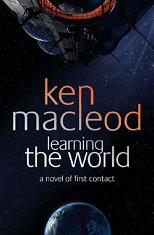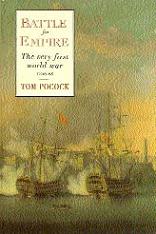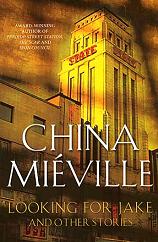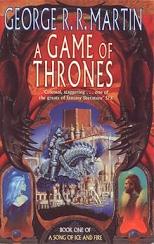
Learning the World
Ken MacLeod
398 pages
published in 2005
It only occurred to me after I finished this novel, that this was in fact Ken MacLeod’s version of Vernor Vinge’s A Deepness in the Sky. Like that, Learning the World is a novel of first contact between a planetbound alien civilisation and a human interstellar trading expedition. That realisation only dawned so late because despite the simular premise, the novels do not resemble each other all that much. MacLeod’s version is much more straightforward than Vinge’s book was.
Nevertheless, if you read these novels back to back MacLeod’s novel does start to look like a cheap knockoff, especially in synopsis. Both have a species of planetbound aliens, operating at a more or less early twentieth century level of technology, divided into several nations in a political situation that resembles that of pre-World War I Europe. For both the arrival of the humans represent both an opportunity and a threat, with their presence accelerating the political tension already present. In both the humans are also divided amongst themselves about how to handle first contact.



